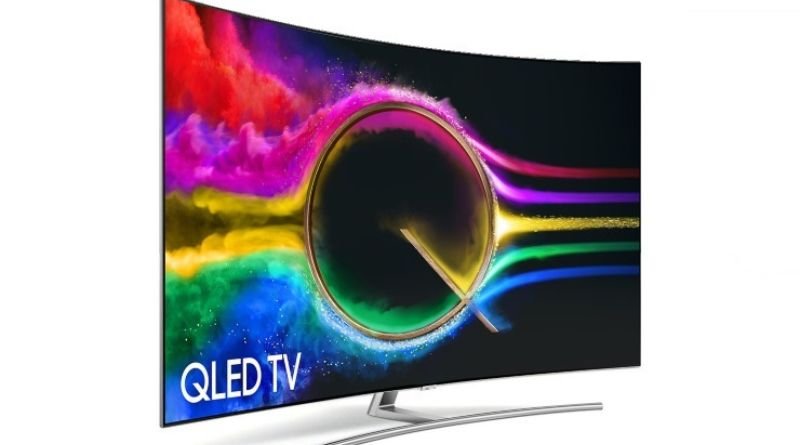OLED vs QLED: Which TV tech should you buy?
QLED and OLED are two of the hottest acronyms in TV technology, but which one should you buy? To answer that question, let’s start with a comparison of the two acronyms themselves. OLED stands for organic light emitting diode, while QLED stands for quantum dot light emitting diode, though you may also hear it referred to as quantum LED.
What is OLED
OLED stands for Organic Light Emitting Diode. This is a new type of display that can produce an incredibly high contrast ratio and the best color accuracy available today. The downside to OLED is that it’s expensive, and the pixels have to be individually lit by the backlight. QLED stands for Quantum Dot LED. This is a new type of display that produces better colors than LCD displays but isn’t as accurate in displaying blacks or whites as OLED screens are. The downside to this technology is that it’s also expensive, so TVs with this screen tend to be more expensive than ones with LCD displays.
What is QLED
QLED TVs are quickly becoming the next big thing in TV technology. The latest TVs with this type of display use quantum dot technology, which is something that OLED TVs have been using for a while now. But what exactly is QLED and how does it work? To put it simply, quantum dots are tiny semiconductor particles that emit light when stimulated by an electric current. But before we get into the nitty gritty details of how they actually work, let’s take a look at some of the benefits of these new displays.
One of the best things about Quantum dot displays is their ability to generate brighter images than LCD screens, which will make your viewing experience that much better. QLEDs also offer more saturated colors and wider color gamut coverage than LCDs. And if you’re looking for peak performance, then one of the newest technologies to come out from Samsung – called QLED 4K Curved TV – has 4 times higher peak brightness than other QLED models on the market. Now here comes the hard part: deciding which one is right for you! While both offer excellent picture quality, there are a few differences between them worth considering before making your final decision.
Differences between OLED and QLED
The big difference between the two types of TVs is in how they produce their own light. OLEDs create their own light, whereas QLEDs use LED lighting behind the screen to illuminate the picture. This means that OLED TVs require less power, are brighter and have a wider contrast range than their LED counterparts. There are also some other factors such as motion blur and viewing angle that come into play when comparing these two technologies, but the takeaway is this: if you want a high-quality television with a lifespan that will last for years to come, go with an OLED TV.
If cost or brightness is your concern, an LED TV might be better for you. The biggest drawback of OLED TVs is that they are not yet available at sizes larger than 55 inches. Plus, there’s not really any benefit to buying one over a similarly priced LED TV; both perform very similarly and offer the same benefits.
If you’re shopping for a television right now, we recommend waiting until next year when more OLED models become available before deciding on which technology best fits your needs and budget.
Why Choose LCD?
LCD TVs are thinner and lighter than their LED counterparts, making them ideal for people who want a sleek, unobtrusive TV. They also have the advantage of being less expensive. But LCDs still have one major downside: motion blur. This is where an image on the screen can seem to trail behind moving objects on-screen. It’s more noticeable when watching sports or fast-paced action scenes in movies and television shows.
If you’re not bothered by this issue, then an LCD could be a great choice for your home entertainment needs. If not, then it may be time to look into buying an OLED or QLED panel instead.









